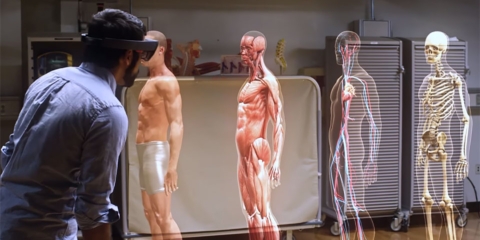Would you like to get notifications from Christian?
Wat is er gebeurd?
Nimo Planet wil dat zijn AR-bril uw laptop vervangt als u onderweg bent. In plaats van uw machine van 3 pond mee te zeulen, zou u gewoon uw Nimo, een slank Bluetooth-toetsenbord en een muis (of misschien iets als dit) nemen. Draag de bril op het vliegveld of in een koffietentje, en de dubbele displays aan de rand van elk glas geven tot zes virtuele schermen weer, zodat u kunt blijven typen. Binnenkort kunt u al die apparaten met hun eigen schermen dus misschien thuislaten, dankzij een nieuwe slimme bril die de schermen van apparaten virtueel en holografisch maakt. Deze brillen, die "augmented reality" of "AR"-brillen worden genoemd, worden ontwikkeld door verschillende bedrijven en worden reeds gebruikt door enkele early adopters. De mogelijke toepassingen van AR-brillen zijn enorm, maar één ding is zeker: ze zullen de manier veranderen waarop we met technologie omgaan.
Waarom is dit belangrijk?
Ik geloof dat hoge-resolutie AR (augmented reality) en MR (mixed reality) brillen uiteindelijk veel fysieke schermapparaten zullen dematerialiseren door de schermen van apparaten virtueel en holografisch te maken! Waarom geld uitgeven aan een dure televisie of monitor als deze pixel/schermen ook holografisch in de lucht kunnen worden geprojecteerd? De laatste jaren zijn fysieke media zoals kranten vervangen door hun digitale versies; fysieke DVD's zijn bijna volledig uit de winkels verdwenen, evenals fysieke CD's! En in de komende jaren zullen we hetzelfde zien met fysieke hardware-apparaten. De hardware voor computerservers is al virtueel geworden: wij kunnen nu bijvoorbeeld 10 tot 100 virtuele servers op één fysieke server laten draaien. En computerschermen zijn de volgende. Hoe meer schermen virtueel en holografisch worden, hoe minder hardwareschermen we hoeven te fabriceren en hoe minder we het milieu vervuilen.
Christian is a futurist and trendwatcher who speaks about the impact of exponential technologies like AI on organizations, people, and talents. Christian tailors his presentations to your audience's specific industries and needs.

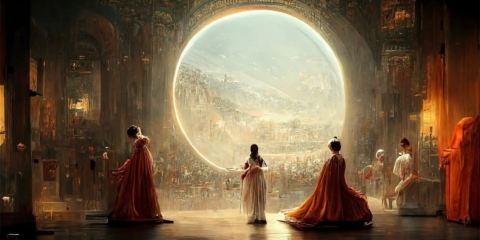
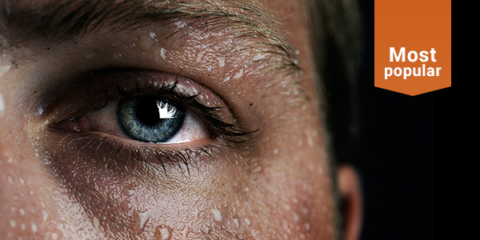
Our world is changing at an exponential rate! A big tidal wave of digital transformation and disruption is coming at us fast. Many organizations see this wave as a threat and experience stress, but there are also organizations that just see this wave as an opportunity.

Imagine sitting with just 10-15 fellow executives at a premier location, gaining clarity on the impact of AI on your industry while enjoying an exquisite dining experience. These are not just meetings—they are transformative moments that will shape the future of your organization
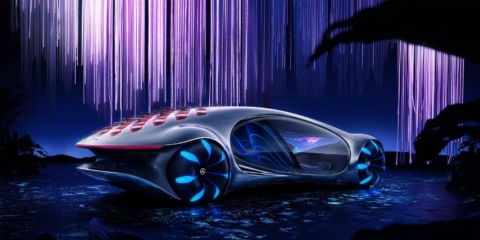
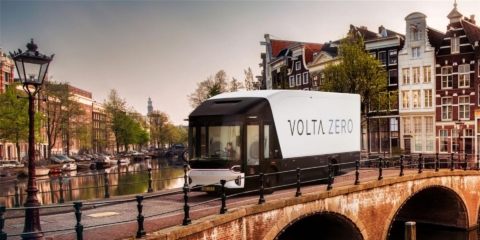
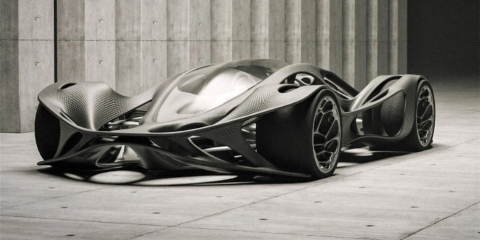
In the future, 3D printing and generative design will allow for products to be designed in a more decentralized manner, and production will take place closer to the customer and fully on-demand. 3D printing technology will also allow for more customization and personalization of products.
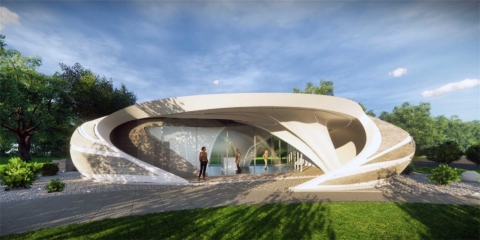
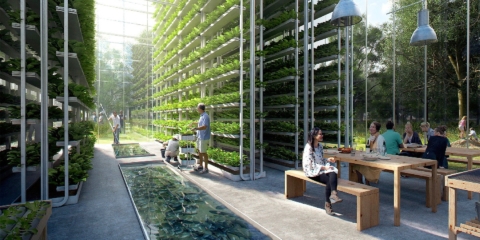
The agricultural industry is ripe for disruption. Robotics, AI, and IoT are all technologies that have the potential to radically transform the way we grow food. In combination with vertical farming, these technologies could increase the efficiency and quality of agricultural products.
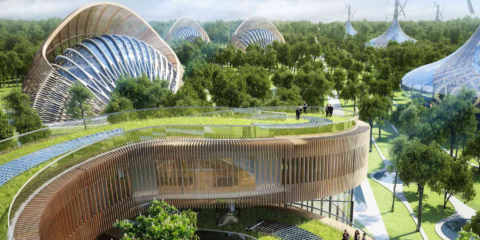
A human-centered society is one that puts people first and where technology is used to unite and empower people. It is a society that values biological life and dignity above all else. It is a society that recognizes the importance of human relationships and works to strengthen them. In a human-centered society, all members of the community are valued and treated with respect.
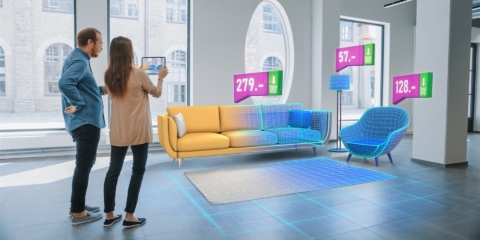
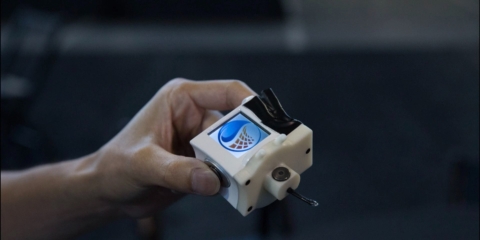
The future of healthcare is here. New technologies like AI, IoT, big data, and smart sensors make it possible to become the CEO of your own health. Imagine that your phone can listen to your voice and AI algorithms can detect small nuances in the tone of your voice that indicate specific diseases.
